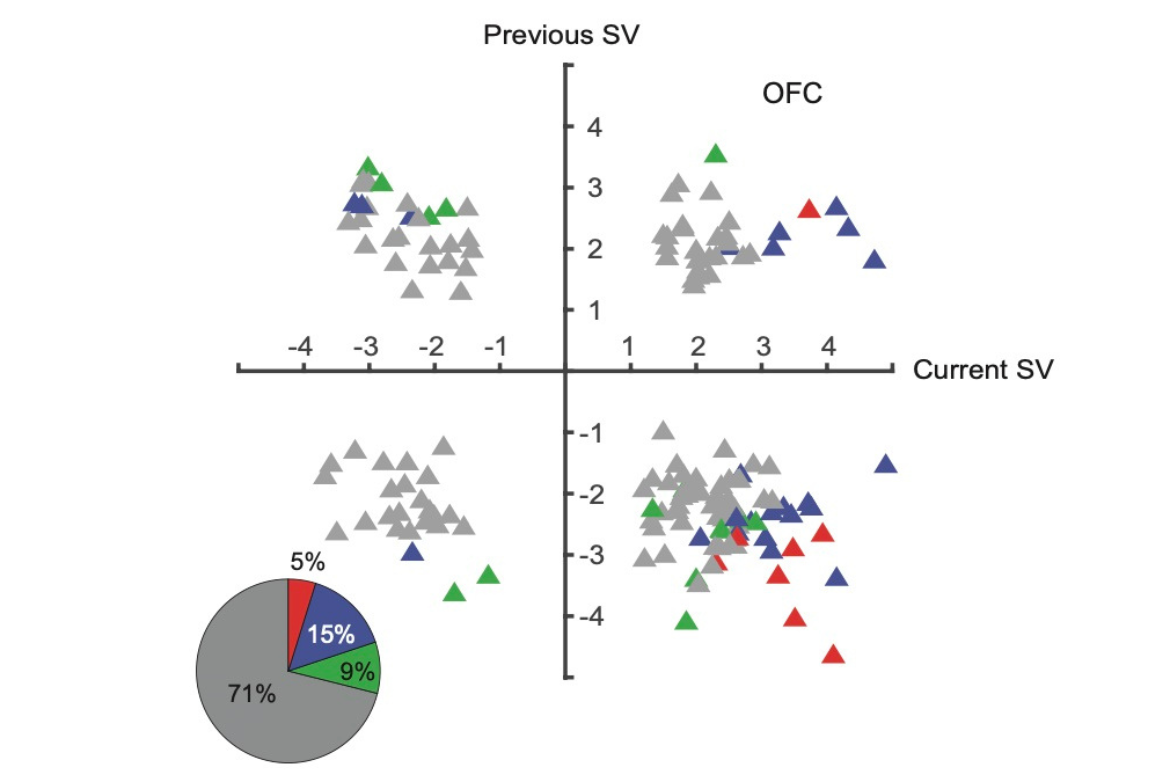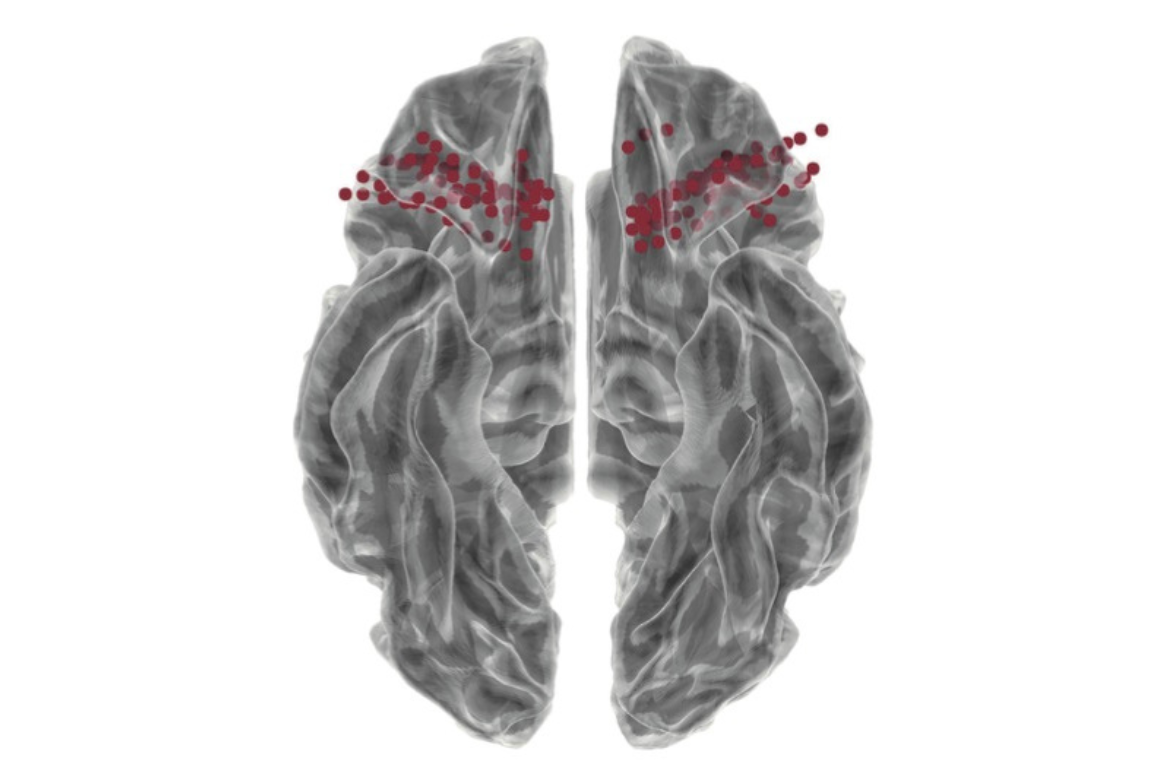NEWS
Research Highlights
- Publish Date:2024-05-06
Human Preferences Linked to Brain Neurons? NYCU Collaborates with TVGH and New York University to Decrypt Findings, the Research Published in Nature Communications

The epilepsy team from Taipei Veterans General Hospital with Professor Shih-Wei Wu (right two) and Dr. Wan-Yu Shih (right three) from NYCU.
Translated by Chance Lai
______
______
How are human preferences formed? How do they change under the influence of external factors? These have long been focal points of scientific inquiry. The latest research, conducted by a team led by National Yang Ming Chiao Tung University (NYCU), Taipei Veterans General Hospital (TVGH), and New York University, has observed neural activities in different brain regions at the micrometer scale, unveiling the neural mechanisms behind preference formation and contextual influences. This groundbreaking research was published in the top international journal "Nature Communications."
Unprecedented Insight: Observing Human Brain Neuron Activity at Micrometer Scale
Professor Shih-Wei Wu from the Institute of Neuroscience at NYCU elucidates the groundbreaking nature of recent research, which has transcended the limitations of past studies by observing neural activities in the human brain at the micrometer scale. Unlike previous methodologies restricted to millimeter-scale observations, this study provides scientists with unparalleled detail of neural activity.
Traditionally, micrometer-scale neural activities could only be observed in the brains of laboratory animals through techniques such as neural electrophysiological recordings or calcium ion imaging.
The research team identified that preferences and the factors influencing them are governed by neural activities in regions like the brain's orbitofrontal cortex (OFC), insula, and hippocampus. Within these brain areas, different neural populations react differently, some solely reflecting current preference strengths, others exclusively responding to external contextual factors.
Moreover, a minority of neural populations exhibit simultaneous responses to both, indicating that the influence of contextual factors on preferences arises from the coordinated actions of functionally complementary neural populations adjacent to space.
Unprecedented Insight: Observing Human Brain Neuron Activity at Micrometer Scale
Professor Shih-Wei Wu from the Institute of Neuroscience at NYCU elucidates the groundbreaking nature of recent research, which has transcended the limitations of past studies by observing neural activities in the human brain at the micrometer scale. Unlike previous methodologies restricted to millimeter-scale observations, this study provides scientists with unparalleled detail of neural activity.
Traditionally, micrometer-scale neural activities could only be observed in the brains of laboratory animals through techniques such as neural electrophysiological recordings or calcium ion imaging.
The research team identified that preferences and the factors influencing them are governed by neural activities in regions like the brain's orbitofrontal cortex (OFC), insula, and hippocampus. Within these brain areas, different neural populations react differently, some solely reflecting current preference strengths, others exclusively responding to external contextual factors.
Moreover, a minority of neural populations exhibit simultaneous responses to both, indicating that the influence of contextual factors on preferences arises from the coordinated actions of functionally complementary neural populations adjacent to space.

Among the 166 different electrode points within the OFC, approximately 15% exhibited responses to current preferences, 9% responded to contextual preferences, and 5% simultaneously responded to both.

Deciphering Brain Activity: Insights from Stereotactic EEG
Dr. Hsiang-Yu Yu, a leading physician in the epilepsy team at TVGH, underscores the pivotal role of stereo electroencephalogram (sEEG) in diagnosing lesions in patients with refractory epilepsy. This method assists clinicians in delineating lesioned brain regions, enhancing surgical precision, and holds significant clinical and research implications.
Professor Shih-Wei Wu from the Institute of Neuroscience highlights the importance of understanding human preferences and decision-making across disciplines such as economics and psychology. Preferences reflect subjective experiences towards different stimuli, emphasizing the need to study individual uniqueness and laying the groundwork for interdisciplinary dialogues in neuroscience, economics, and psychology.
This study enhances our comprehension of human behavior and decision-making and provides a crucial foundation for future neuroscience research, promising to unravel more mysteries surrounding brain activity.
Related Image(s):












